NASA photos that everyone should see
Hello, reader Geektimes. I know, we all gathered here because of interesting news from the world of technology and science. But today, on Friday, I offer you, the reader, to relax in my chair and touch the beautiful, because personally I got great pleasure in the process of preparing this material.
Under the cat a lot of photos and images taken from a NASA Goddard Space Flight Center account on Flicker, all clickable, as well as links to download in the highest possible resolutions. Some of the originals are huge and suitable for photo wallpapers, seriously, so be careful with the traffic.
Enjoy now.
')
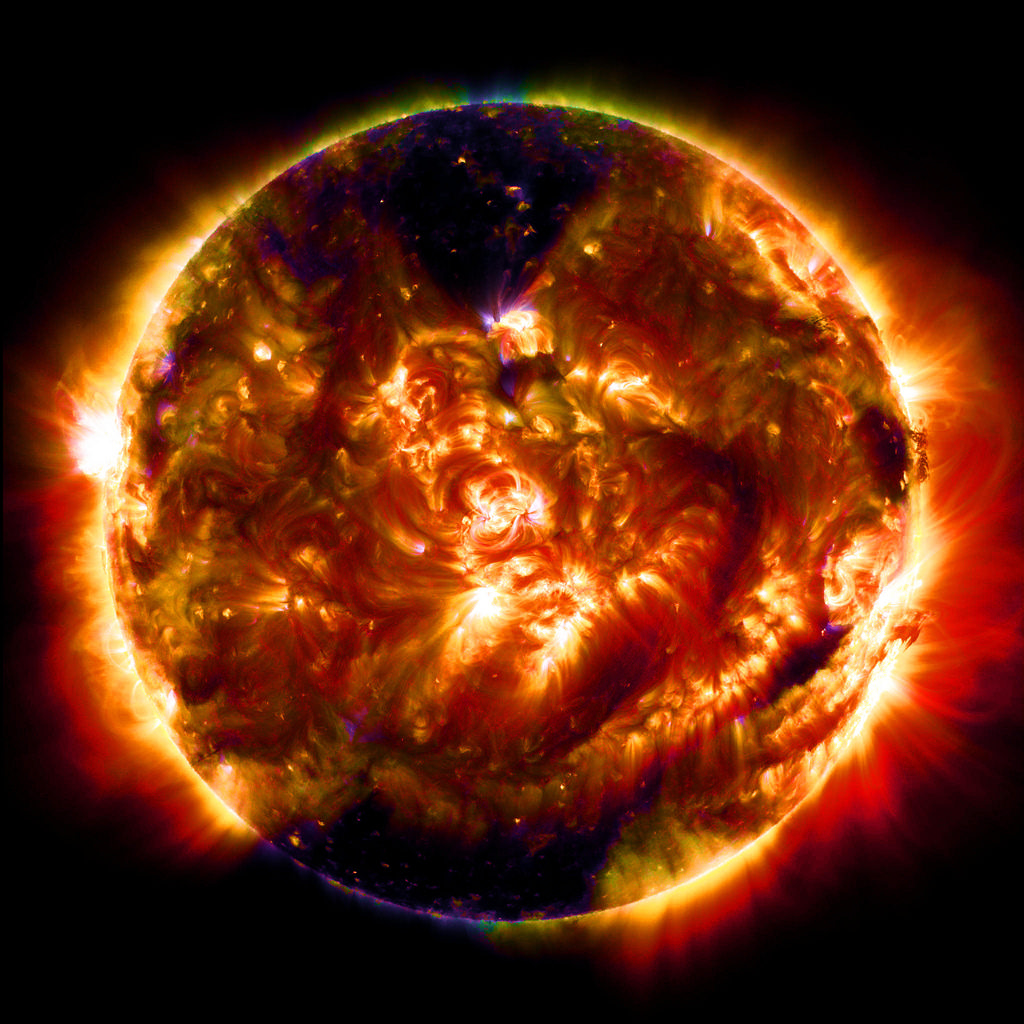
Large (2048 x 2048) Original (4096 x 4096)
NASA's 100 millionth SDO (Solar Dynamics Observatory) frame. To create the frame, four telescopes were used in parallel, which took turns photographing the sun in ten different wave bands every 12 seconds.

Original (1770 x 1379)
Another frame from SDO. At this time, the frame got "solar eruption", if you can call it that. The camera recorded the release of a huge amount of dark, cold substance into the crown of our star, most of which fell back to the surface of the sun. This event is compared with the process of the formation of a new star due to gravitational forces, when the gas comes together from the surrounding space.

Original (1165 x 361)
Panoramic image of the Andromeda Galaxy performed by the Hubble telescope.
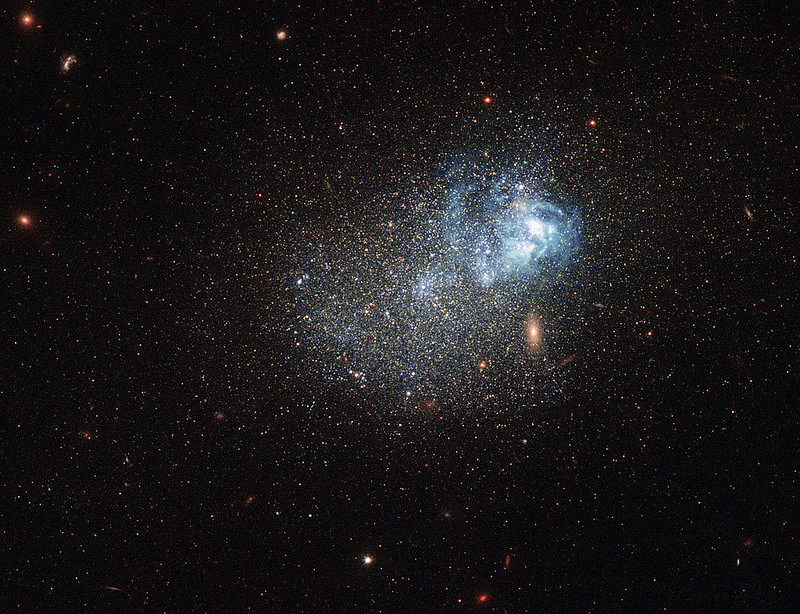
Original (1280 x 983)
"Star Factory". This Hubble-taken picture of a scattering of blue lights is a cluster of blue dwarf galaxies (!), Known as Markarian 209. The entire cluster is filled with young white and blue (and therefore very hot) dwarf stars. By astranomic standards, the whole cluster is very young, no more than 3 million years old. For comparison, our star, the Sun, is already 4.6 billion years old.

Original (1280 x 1051)
And again the Hubble image. Spiral galaxy located in the constellation Ursa Major.

Large 2048 (2048 x 2048) Original (4096 x 4096)
The picture was taken on November 22, 2014 from 17:29 to 18:04 EST. That day there was a partial solar eclipse.
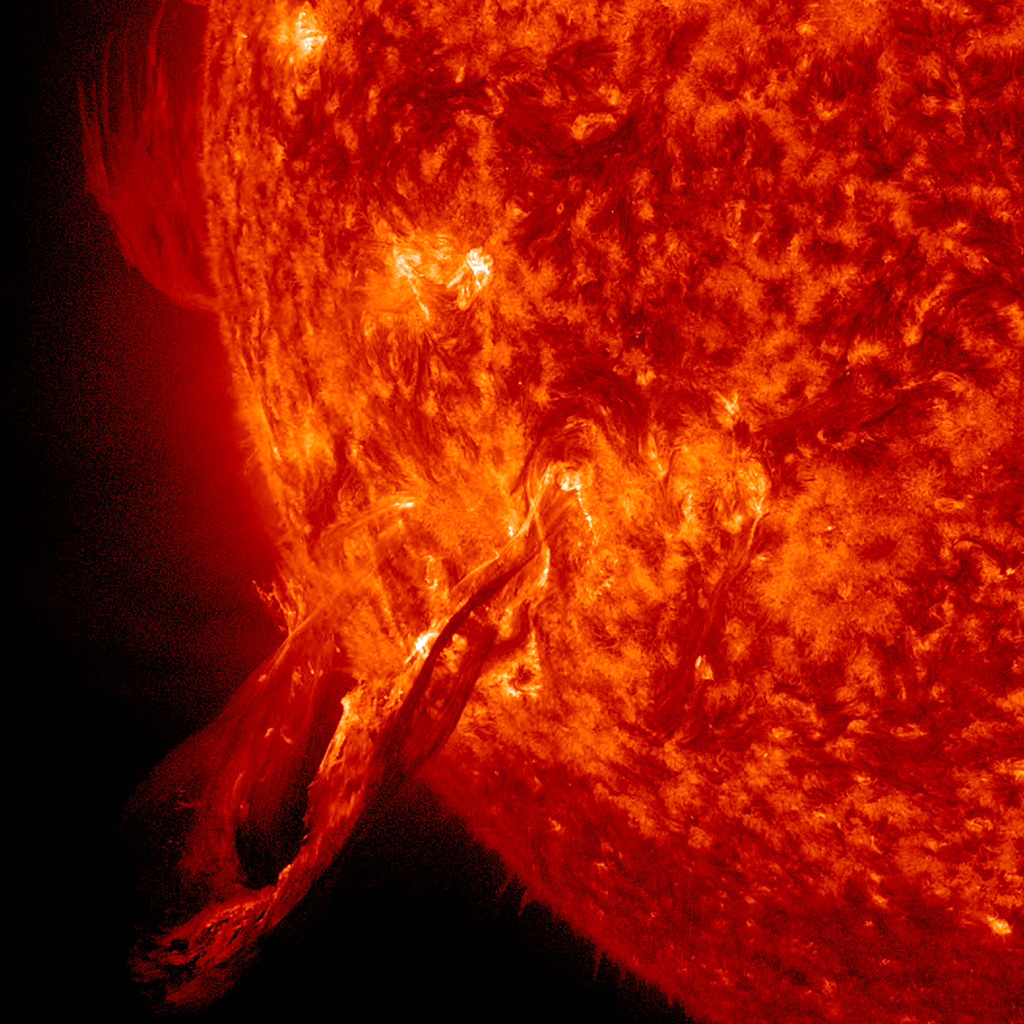
Original (1500 x 1500)
Photo taken by SDO. Huge prominences in the sun on November 1, 2014.
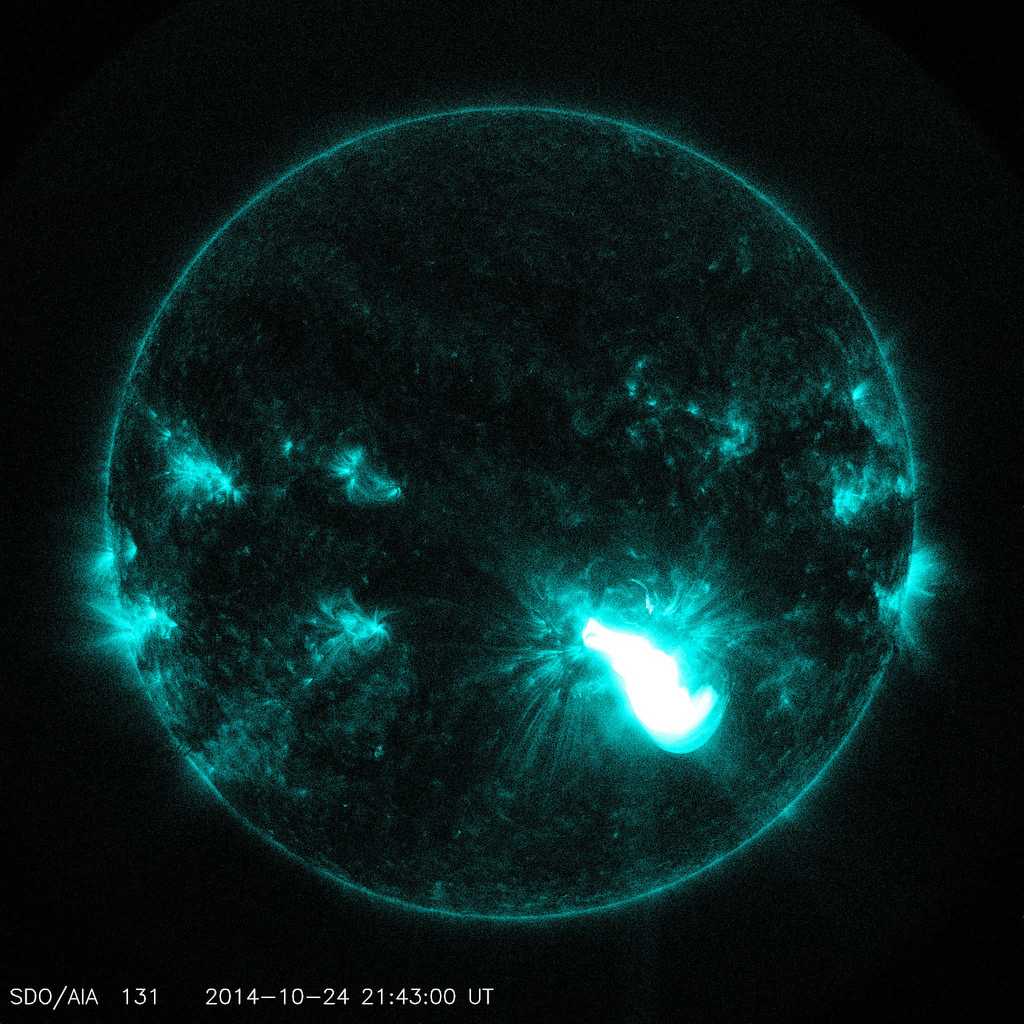
Original (2048 x 2048)
Giant flash in the sun.
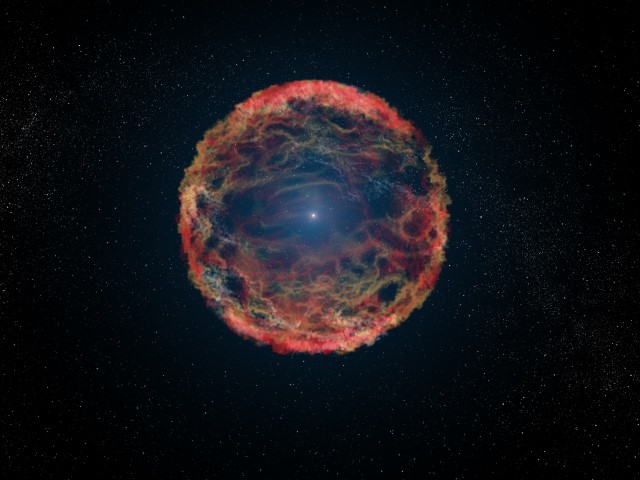
Original on click.
Thanks to Hubble, astronomers were able to confirm the existence of a rare type of supernova. This frame illustrates the theory that a supernova, known as SN 1993J, was formed during the explosion of a star in a binary star system.

Original (1001 x 667)
This frame shows the process of star formation in a young elliptical galaxy.

Original (1280 x 1193)
Galaxy NGC 1566 “Big Whirlwind” with an extremely bright core, 40 million light-years distant from us.
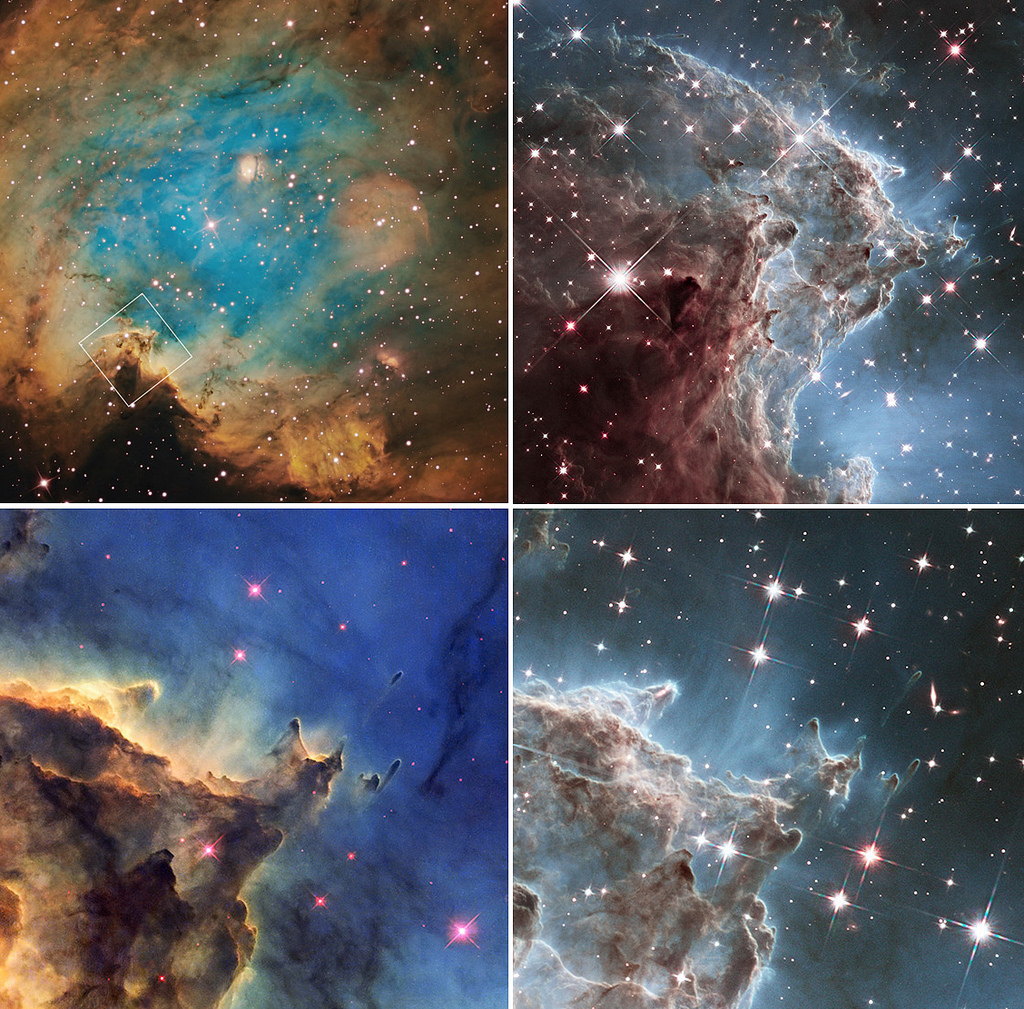
Original (1128 x 1111)
Photo of gas accumulation in the Monkey Head Nebula. As a result, new stars are formed from these clouds. Such nebulae are the “building material of the universe.”

Original (1280 x 643)
Photos of the galaxy, 150 million light-years distant from us in the constellation Libra. Such galaxies have incredibly bright nuclei, which, according to astronomers, may be caused by the presence of a black hole in the center, which pulls together cosmic dust and gas.
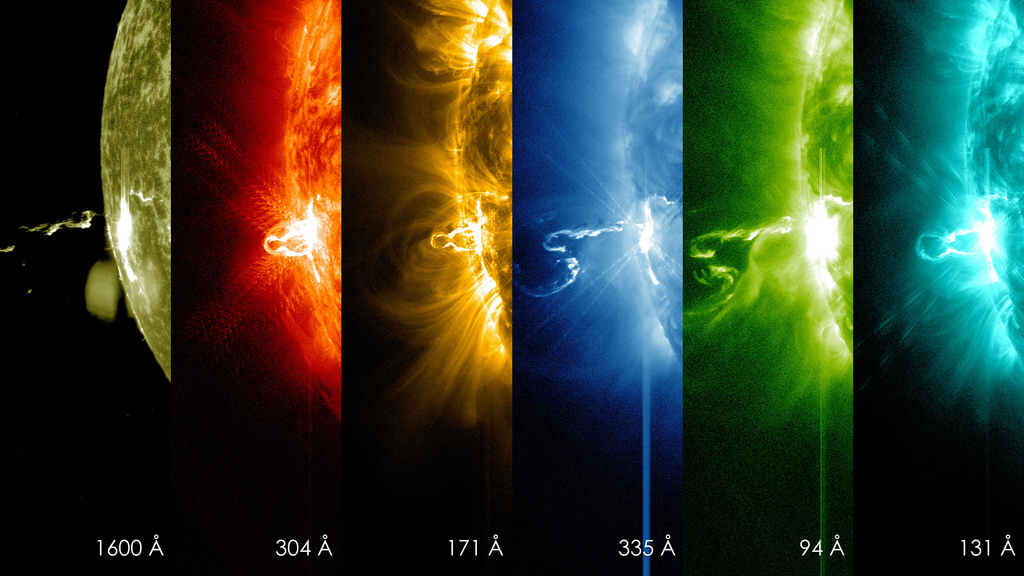
Large 2048 (2048 x 1152) Original (3840 x 2160)
Photographs of the solar prominence in various wave ranges.
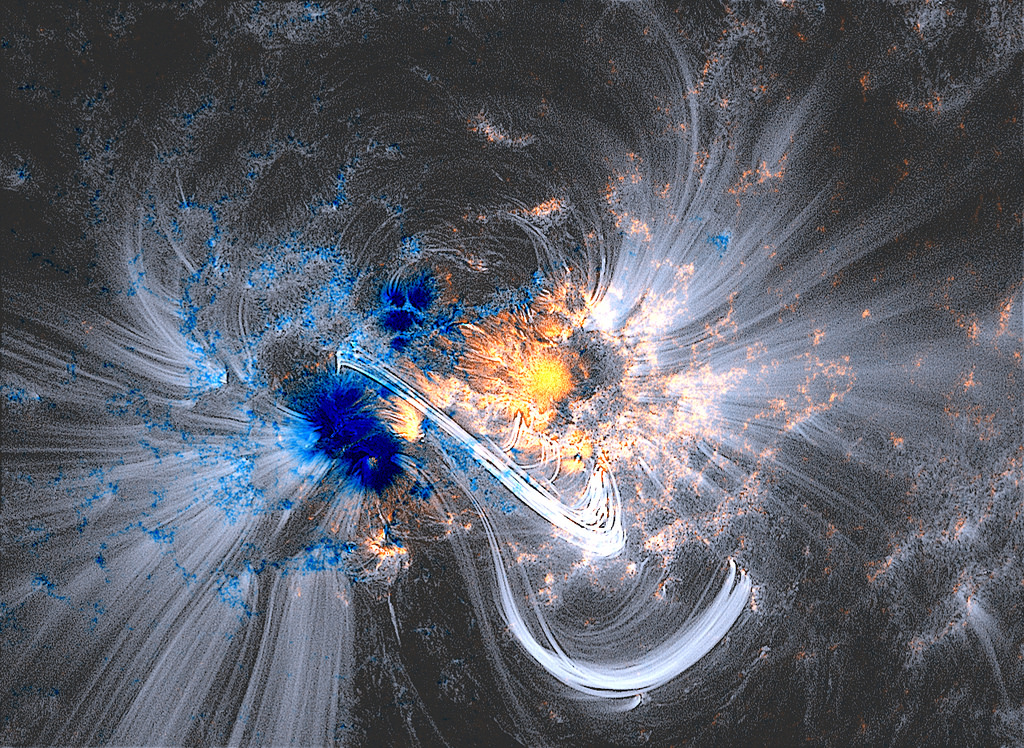
Original (1265 x 924)
A picture of the "Magnetic Dance" of our star. A visual display of magnetic fields, due to which later on such a phenomenon as “coronary loops” is formed.

Large 2048 (1964 x 2048) Original (6780 x 7071) 70 MB !!!
And finish in the picture known to many "Pillars of Creation."
Under the cat a lot of photos and images taken from a NASA Goddard Space Flight Center account on Flicker, all clickable, as well as links to download in the highest possible resolutions. Some of the originals are huge and suitable for photo wallpapers, seriously, so be careful with the traffic.
Enjoy now.
')

Large (2048 x 2048) Original (4096 x 4096)
NASA's 100 millionth SDO (Solar Dynamics Observatory) frame. To create the frame, four telescopes were used in parallel, which took turns photographing the sun in ten different wave bands every 12 seconds.

Original (1770 x 1379)
Another frame from SDO. At this time, the frame got "solar eruption", if you can call it that. The camera recorded the release of a huge amount of dark, cold substance into the crown of our star, most of which fell back to the surface of the sun. This event is compared with the process of the formation of a new star due to gravitational forces, when the gas comes together from the surrounding space.

Original (1165 x 361)
Panoramic image of the Andromeda Galaxy performed by the Hubble telescope.

Original (1280 x 983)
"Star Factory". This Hubble-taken picture of a scattering of blue lights is a cluster of blue dwarf galaxies (!), Known as Markarian 209. The entire cluster is filled with young white and blue (and therefore very hot) dwarf stars. By astranomic standards, the whole cluster is very young, no more than 3 million years old. For comparison, our star, the Sun, is already 4.6 billion years old.

Original (1280 x 1051)
And again the Hubble image. Spiral galaxy located in the constellation Ursa Major.

Large 2048 (2048 x 2048) Original (4096 x 4096)
The picture was taken on November 22, 2014 from 17:29 to 18:04 EST. That day there was a partial solar eclipse.

Original (1500 x 1500)
Photo taken by SDO. Huge prominences in the sun on November 1, 2014.

Original (2048 x 2048)
Giant flash in the sun.

Original on click.
Thanks to Hubble, astronomers were able to confirm the existence of a rare type of supernova. This frame illustrates the theory that a supernova, known as SN 1993J, was formed during the explosion of a star in a binary star system.

Original (1001 x 667)
This frame shows the process of star formation in a young elliptical galaxy.

Original (1280 x 1193)
Galaxy NGC 1566 “Big Whirlwind” with an extremely bright core, 40 million light-years distant from us.

Original (1128 x 1111)
Photo of gas accumulation in the Monkey Head Nebula. As a result, new stars are formed from these clouds. Such nebulae are the “building material of the universe.”

Original (1280 x 643)
Photos of the galaxy, 150 million light-years distant from us in the constellation Libra. Such galaxies have incredibly bright nuclei, which, according to astronomers, may be caused by the presence of a black hole in the center, which pulls together cosmic dust and gas.

Large 2048 (2048 x 1152) Original (3840 x 2160)
Photographs of the solar prominence in various wave ranges.

Original (1265 x 924)
A picture of the "Magnetic Dance" of our star. A visual display of magnetic fields, due to which later on such a phenomenon as “coronary loops” is formed.

Large 2048 (1964 x 2048) Original (6780 x 7071) 70 MB !!!
And finish in the picture known to many "Pillars of Creation."
Source: https://habr.com/ru/post/376035/
All Articles